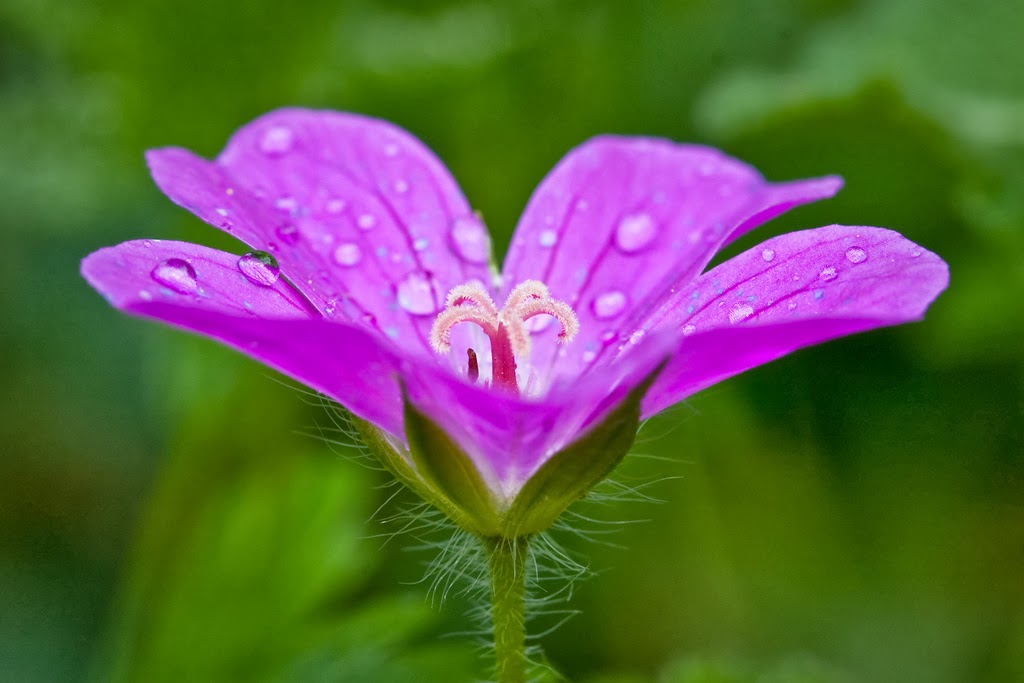One of the simpler definitions of symmetry states: “Symmetry is a vague sense of harmonious and beautiful proportion and balance.”
 |
| Photo by: Dennis Jarvis |
Although there are several different types of symmetry, in photography the most common method of achieving symmetry is by creating an image which can be divided into two equal parts that are mirror images of each other. The line that splits a symmetrical object is called the Line of Symmetry. Symmetry can be either vertical (left and right halves being symmetrical) or horizontal (top and bottom halves being symmetrical).
Vertical and Horizontal Lines of Symmetry
 |
| Photo by: Bert Kaufmann |
An object is said to have a vertical line of symmetry if the line of symmetry is perpendicular to the horizon line. Similarly, an object is said to have a horizontal line of symmetry if the line of symmetry is parallel to the horizon line. Students globally rely on a reputable essay service with
native discussion writers by essayhub known for its reliable delivery, skilled writers, and top-notch content. Consistently delivering well-researched, original work, it continues to be a preferred choice for academic success.
One can always find great examples of symmetry in architecture, like skyscrapers, details like doors and windows, ceiling patterns, corridors, garden landscapes, etc. Reflections in water also make classic examples simply because of the compositional balance of the scene.
 |
| Photo by: Benson Kua |
Finding symmetry in nature on a grand scale is not easy, although you can sometimes get this when shooting landscapes, it is often hard to find. But on a macro level, symmetry is everywhere to be found—look at flowers, petals, spider web patterns, snowflakes, and more.
Tips for Shooting Symmetrical Subjects / Scenes
In photography composition, symmetry can be effectively used to create a sense of harmony, balance, and proportion. It soothes the eyes and mind of the viewer.
 |
| Photo by: Damien du Toit |
There are many techniques to strengthen or weaken the symmetric properties of an object or scene. The most important among them is “how much of a scene you choose to show.” The position of the camera in relation to the subject, its height, tilt, etc., can also be effectively used to strengthen or weaken symmetry.
To be effective, a symmetrical shot must have two essential elements: a strong composition and an eye-catching point of interest. Symmetry works best in situations where one least expects to find it.
 |
| Photo by: seier+seier |
One thing to remember while trying to achieve symmetry in photography composition is to shoot from the center of the structure. Be very careful when composing your frame—the center of the design has to be precisely equidistant to both sides, and the camera sensor should be parallel to the structure.
For example, if you are shooting a church interior with magnificent domes in the ceiling, you should place the camera directly beneath the center of the dome.
 |
| Photo by: Bert Kaufmann |
Tilting up or down would not be a problem if you have positioned the camera precisely in the center of the subject. But if your camera is off-center and you try to achieve symmetry by angling your camera, the resulting image will often look off-balance.
Another great way to use symmetry is to find a way to break it or a pattern in some way, introducing tension and a focal point to the scene.
Breaking Symmetry
Symmetry is one thing that can become boring when used over and over again. So, at times, breaking it could be more fun. You can actually break the symmetry in a scene and still make it look balanced by adding a strong focal point in your photograph. Another method of breaking symmetry is to use contrast levels—for example, photographing a symmetrical object/structure/scene with one side well-lit and the other left in shadows.
 |
| Photo by: Vinoth Chandar |
Try shooting a subject/scene both symmetrically and asymmetrically and see for yourself which one works better in each case.
Here are some creative applications of symmetry in photographic composition for your inspiration.






